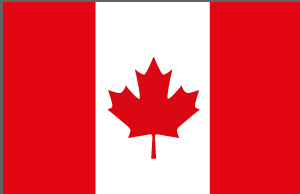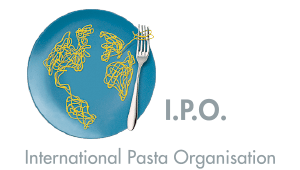
Pasta Around The World
CanadaPasta Traditions
- Pasta consumption has been growing in Canada steadily over the last few decades. Canada produces more than 170,000 tons of pasta per year. High-quality Canadian durum wheat is grown in the western provinces of Saskatchewan, Alberta, and Manitoba, creating the main source of ingredients for pasta manufacturing.
- Pasta has become one of Canada’s staple foods. Canadians eat about 6.5 kg per capita per year.
- The climate and growing conditions in the Canadian prairies are ideal for growing high-protein, low-starch wheat.
- Pasta is one of Canada’s favorite comfort foods and has a tradition of being honest, delicious, and satisfying.
- Diversity has been a characteristic of Canadian cuisine from the beginning of settlement. Ethnic immigrant groups often settled in regional pockets where they maintained their language and their culinary traditions, and pasta from Italians was incorporated into Canadian cuisine.
Food Facts
- Canadian cuisine varies widely from region to region. Generally, the traditional cuisine of English Canada is closely related to British and American cuisine, while the traditional cuisine of French Canada has evolved from French cuisine. The cuisine includes a lot of baked foods, wild game, and gathered foods.
- A food traditionally associated with Canada is maple syrup, made from the sap of certain kinds of maple trees. It takes 30-50 gallons of sap to make one gallon of maple syrup!
Fun Facts
- Canada is the second largest country in the world, behind Russia. But Canada is the ninth-most sparsely populated nation in the world.
- Canada has the longest coastline of any country in the world at 151,600 miles.
- Canada is also home to the longest street in the world. Yonge Street in Ontario runs for almost 2,000 kilometres.


